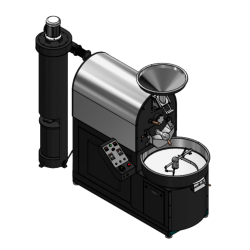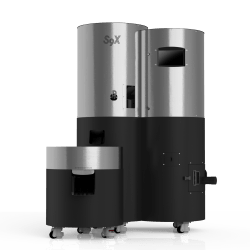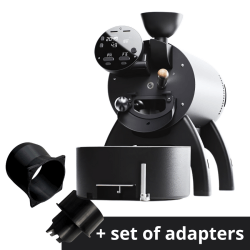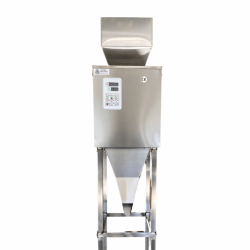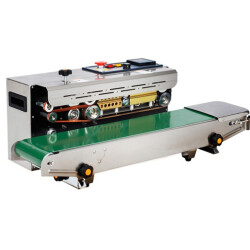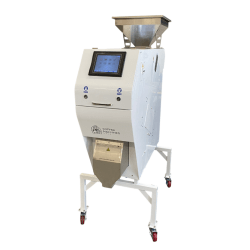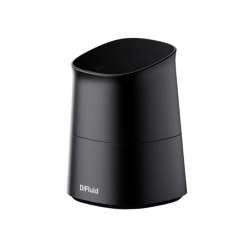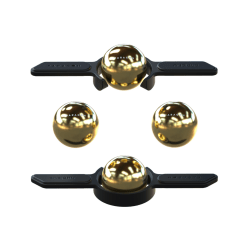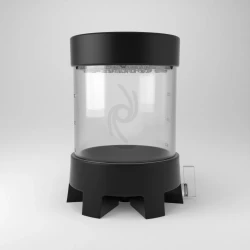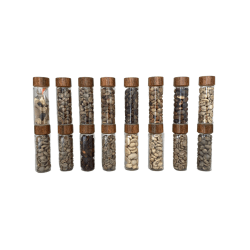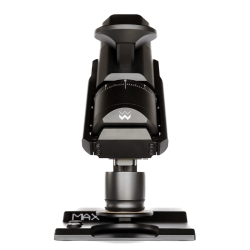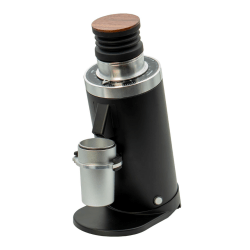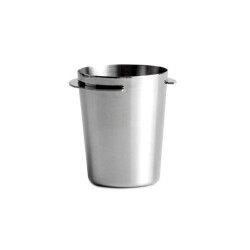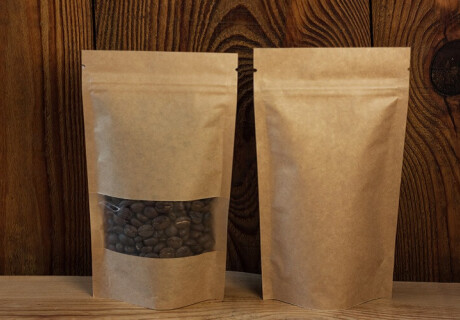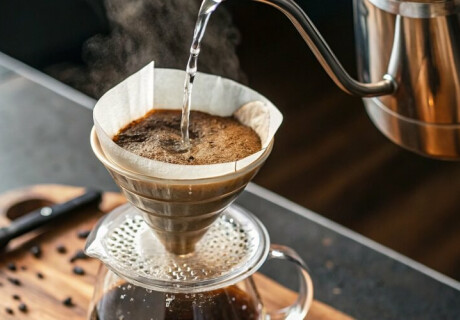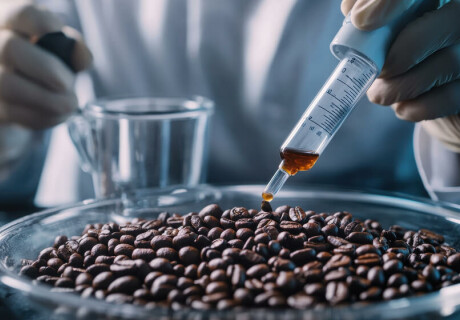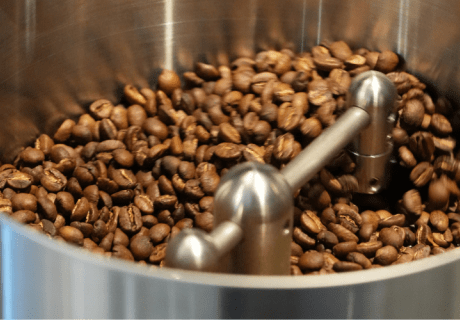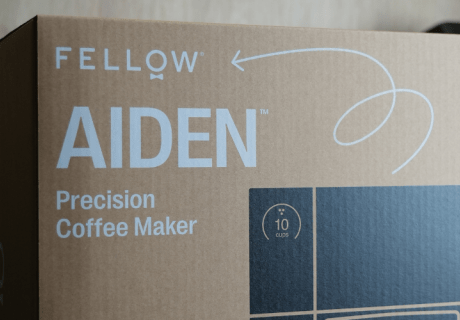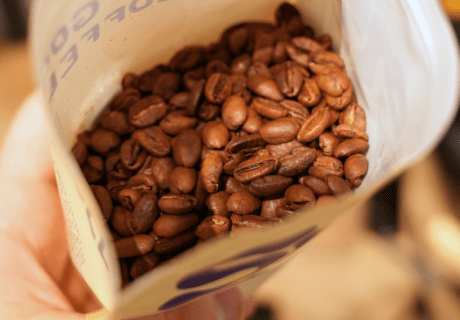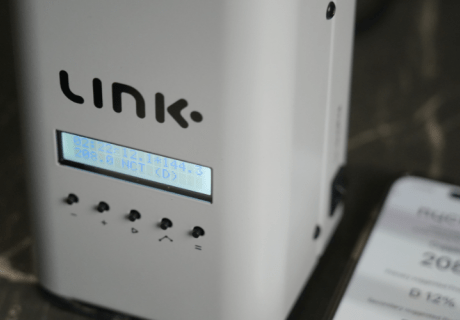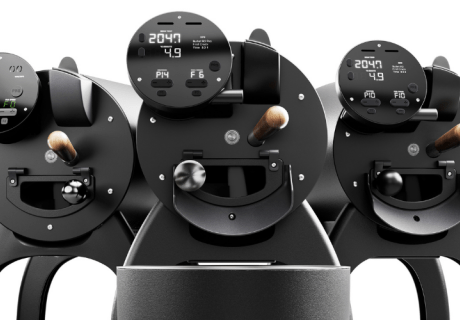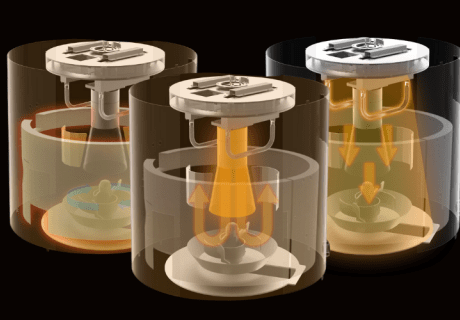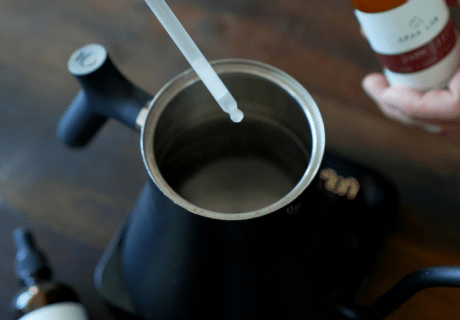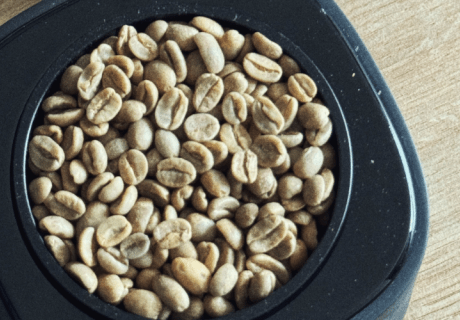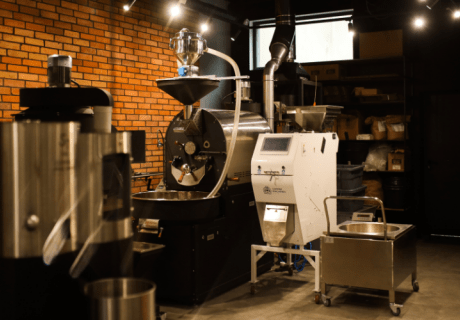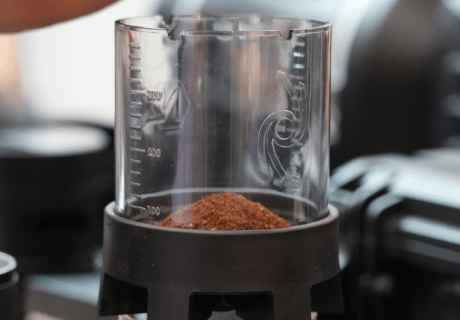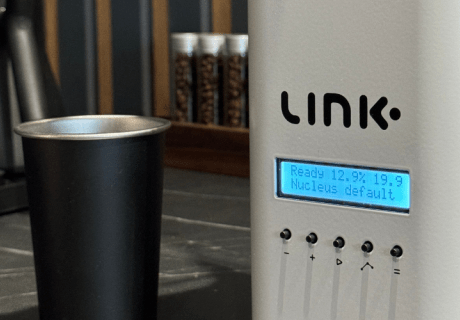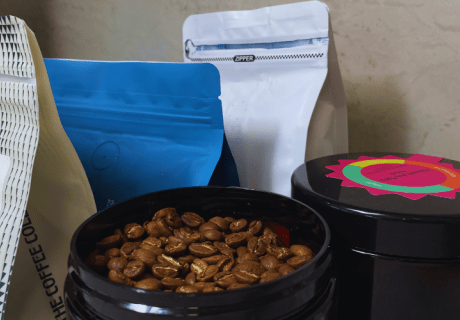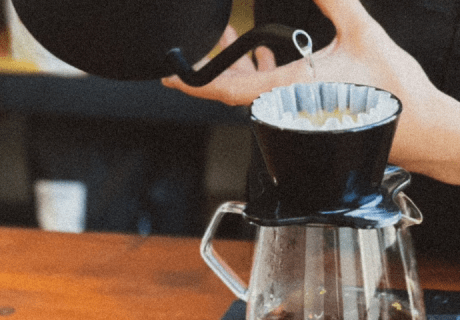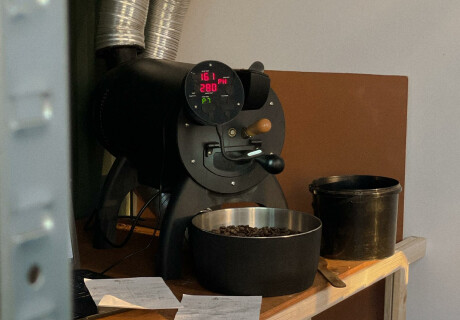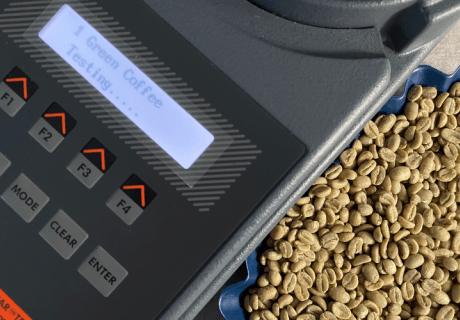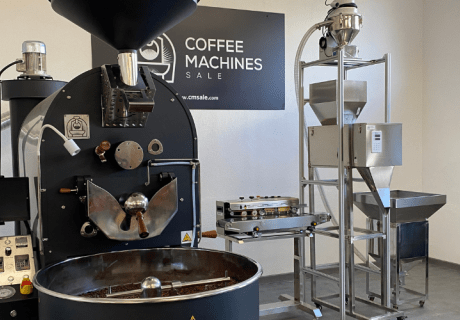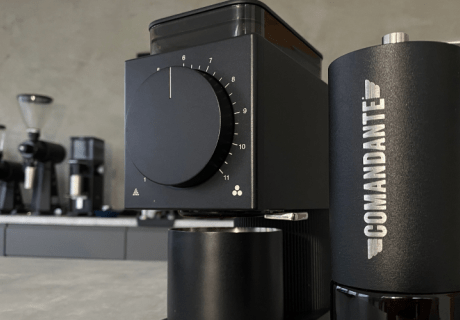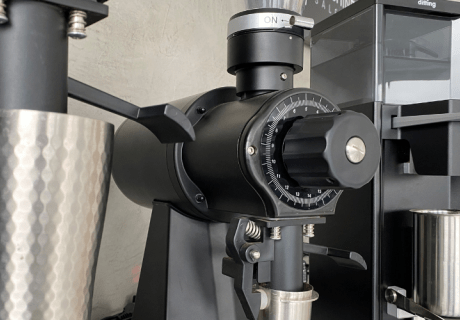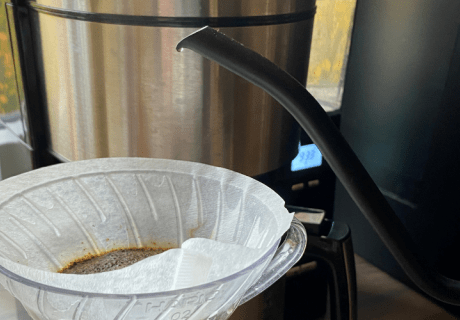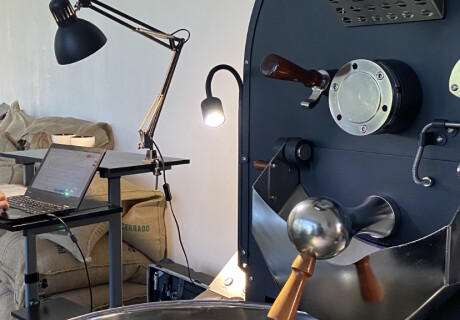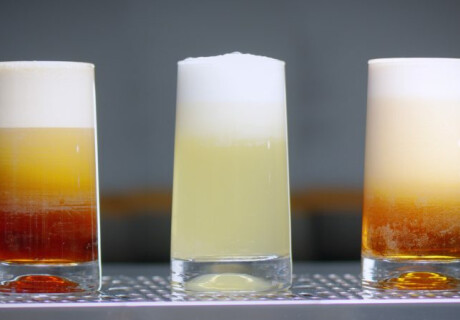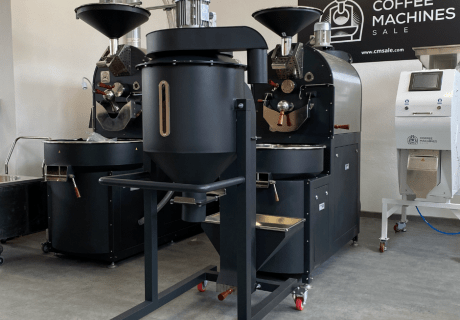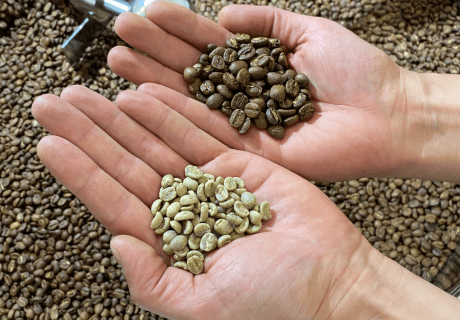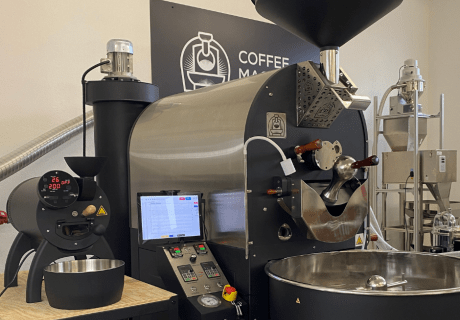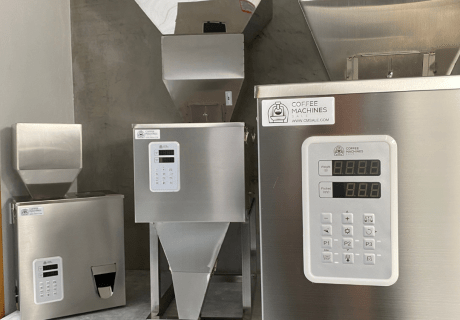The Importance of Coffee Freshness: Best Practices for Storage
In the delightful realm of coffee, freshness plays a crucial role in unveiling the exquisite flavors and captivating aromas that every coffee lover seeks. Its freshness greatly influences your beloved brew’s intricate notes and alluring scents. This article delves into the significance of coffee freshness while offering valuable tips for optimal storage. By embracing these thoughtful techniques, you can ensure every cup you prepare brines with the rich, vibrant flavors you cherish. Enjoy the journey to exceptional brews!
Understanding Coffee Freshness
Understanding coffee freshness is important for anyone who enjoys a great cup of coffee. Coffee freshness indicates the condition of coffee from roasting to brewing. It significantly affects taste and aroma. Freshly roasted beans have their best flavor, while older beans can taste flat or stale.
Fresh coffee provides a nice balance of acidity, sweetness, and bitterness. As coffee ages, exposure to air, light, heat, and moisture can harm its quality. Proper storage in airtight containers and away from sunlight is essential. By focusing on coffee freshness, drinkers can enjoy rich flavors and ensure every sip is satisfying.
How Coffee Degrades Over Time
The degradation of coffee freshness is an inevitable process that begins when coffee is roasted. This natural decline is primarily driven by exposure to environmental factors such as air, light, moisture, and temperature, which significantly compromise the coffee’s flavor profile over time. When freshly roasted coffee is exposed to air, oxidation occurs, leading to the breakdown of essential oils and volatile compounds responsible for the rich, nuanced flavors coffee enthusiasts cherish. This oxidation process can rapidly accelerate if coffee is not stored in an airtight container, as increased air exposure hastens the loss of coffee freshness, leaving behind a stale and flat-tasting brew. Similarly, light exposure, particularly from direct sunlight, can cause photodegradation, which alters the chemical composition of the coffee, further diminishing its vibrant taste and aroma.
Moisture is another enemy of coffee freshness, as it can lead to clumping and spoilage, especially if the coffee is stored in humid conditions. The presence of moisture facilitates the growth of mold and bacteria, which can not only ruin the flavor but also pose health risks. Temperature fluctuations, too, can have adverse effects; high temperatures can accelerate the degradation of volatile compounds, while colder environments may cause condensation, introducing unwanted moisture into the coffee. To combat these issues and focus on preserving coffee flavor, storing coffee in a cool, dry place, away from direct light and in a sealed, opaque container is crucial. By understanding the factors contributing to the decline of coffee freshness and implementing proper storage techniques, coffee lovers can prolong the shelf life of their beans, ensuring each brew is as delightful and aromatic as possible.
Proper Coffee Storage Methods
Exploring effective coffee storage methods is essential for any coffee enthusiast looking to savor their brew’s full spectrum of flavors and aromas. The choice of container is paramount, as it directly impacts how well you can maintain coffee freshness. Airtight containers are popular in stainless steel, glass, and ceramics. Each has its benefits; stainless steel is durable and opaque, preventing exposure to light, while glass, though transparent, is non-reactive and easy to clean. Ceramic containers offer an aesthetic appeal and effective light blocking. Vacuum sealing is another advanced method that significantly enhances preservation by removing air from the container, thereby minimizing oxidation and extending the shelf life of your coffee.
When considering coffee storage methods, it’s crucial to distinguish between storing whole beans and ground coffee. Whole beans retain their freshness longer because they have less surface area exposed to environmental factors than ground coffee. Thus, grinding beans just before brewing is recommended for preserving coffee flavor. It’s also important to store coffee in a cool, dry place, away from direct sunlight and temperature fluctuations that can hasten degradation. By investing in high-quality containers and embracing practices like vacuum sealing, coffee lovers can ensure their beans stay fresh longer, allowing each cup brewed to deliver the richness and complexity they crave. These thoughtful approaches to coffee storage methods not only help in preserving coffee flavor but also enhance the overall coffee-drinking experience by making each sip as satisfying as possible.
The Role Of Coffee Bean Form In Freshness
The form of coffee beans plays a pivotal role in determining coffee freshness, with whole beans consistently outperforming ground coffee in terms of longevity. Whole beans act as a natural barrier to the elements threatening to degrade coffee freshness, such as air, moisture, and light. Their intact structure minimizes the surface area exposed to these environmental factors, thereby slowing the oxidation process that leads to the deterioration of flavor and aroma. This is why coffee connoisseurs and casual drinkers alike are encouraged to purchase whole beans and grind them before brewing. The grinding significantly increases the surface area, making the coffee more susceptible to rapid flavor loss and staleness. Thus, keeping beans whole until use is a simple yet effective way to preserve the vibrant characteristics of your coffee.
Incorporating this practice into your coffee storage methods can dramatically enhance your coffee experience. Grinding whole beans just before brewing unleashes the full potential of the coffee by releasing a burst of aromatic compounds and volatile oils that define a fresh cup’s complexity and depth. This instant release of flavors ensures that each cup you brew is brimming with the richness and intricacy that freshly roasted coffee is known for. Therefore, by understanding the impact of the coffee bean form on freshness and integrating this knowledge into your coffee storage methods, you can enjoy a fresher and far more flavorful coffee, offering a truly satisfying sensory experience in every sip.
Dos And Don’ts Of Storing Coffee
To maximize coffee freshness and flavor, follow these key dos and don’ts:
Do’s:
- Use airtight containers of non-reactive materials (stainless steel or ceramic).
- Store coffee in a cool, dry place, away from heat and moisture.
- Consider vacuum sealing to reduce oxidation.
Don’ts:
- Avoid storing coffee in the fridge or freezer due to temperature fluctuations and moisture.
- Don’t buy pre-ground coffee in bulk; opt for whole beans and grind just before brewing.
- Keep coffee away from strong-smelling foods or spices to prevent odor absorption.
Considering these guidelines, you can enhance your coffee experience and savor fresher brews.
How To Identify Fresh Coffee
Determining coffee freshness is a fundamental skill for any coffee enthusiast, as it directly impacts the quality of the brew and the overall sensory experience. One of the most straightforward methods to assess coffee freshness is by checking the roast date. Freshly roasted coffee should ideally be consumed within two to four weeks of the roast date to enjoy its peak flavor and aroma potential. This period allows the coffee to degas, a process where carbon dioxide escapes from the beans, stabilizing the flavor profile. As time progresses, the beans will start losing their volatile compounds, which are crucial in preserving coffee flavor. Observing the roast date on the packaging is an essential first step in getting fresh coffee. Additionally, pay attention to the packaging itself; coffee stored in one-way valve bags is likely to retain freshness longer, as these bags allow gases to escape while preventing air from entering.
Beyond roast dates, sensory indicators are invaluable in assessing coffee freshness. A vibrant aroma and a rich, complex taste profile often characterize fresh coffee. When you open a bag of freshly roasted beans, you should be greeted with an intense and inviting scent that hints at the flavor nuances within. As coffee ages, this aroma fades, and the taste becomes flat and lifeless. Fresh ground coffee should produce a bloom during brewing—a foamy top layer that forms as gases escape. This bloom is a visual cue of freshness and suggests the presence of the essential oils and compounds that make coffee delicious. Taste is another critical factor; fresh coffee typically exhibits a balanced acidity, sweetness, and bitterness, each contributing to a harmonious flavor profile. In contrast, stale coffee often tastes dull and lacks complexity. By honing these sensory skills, coffee lovers can effectively gauge coffee freshness and ensure each cup is as delightful as possible, contributing to preserving the coffee flavor they cherish.

